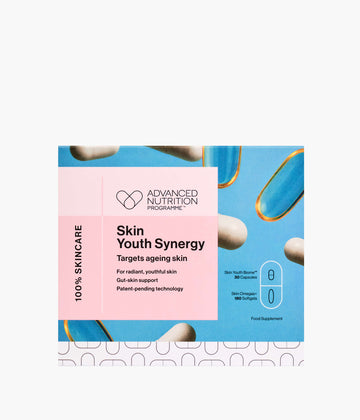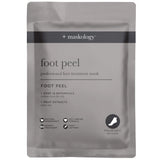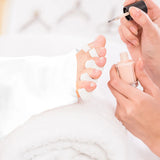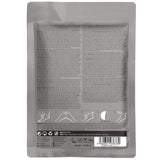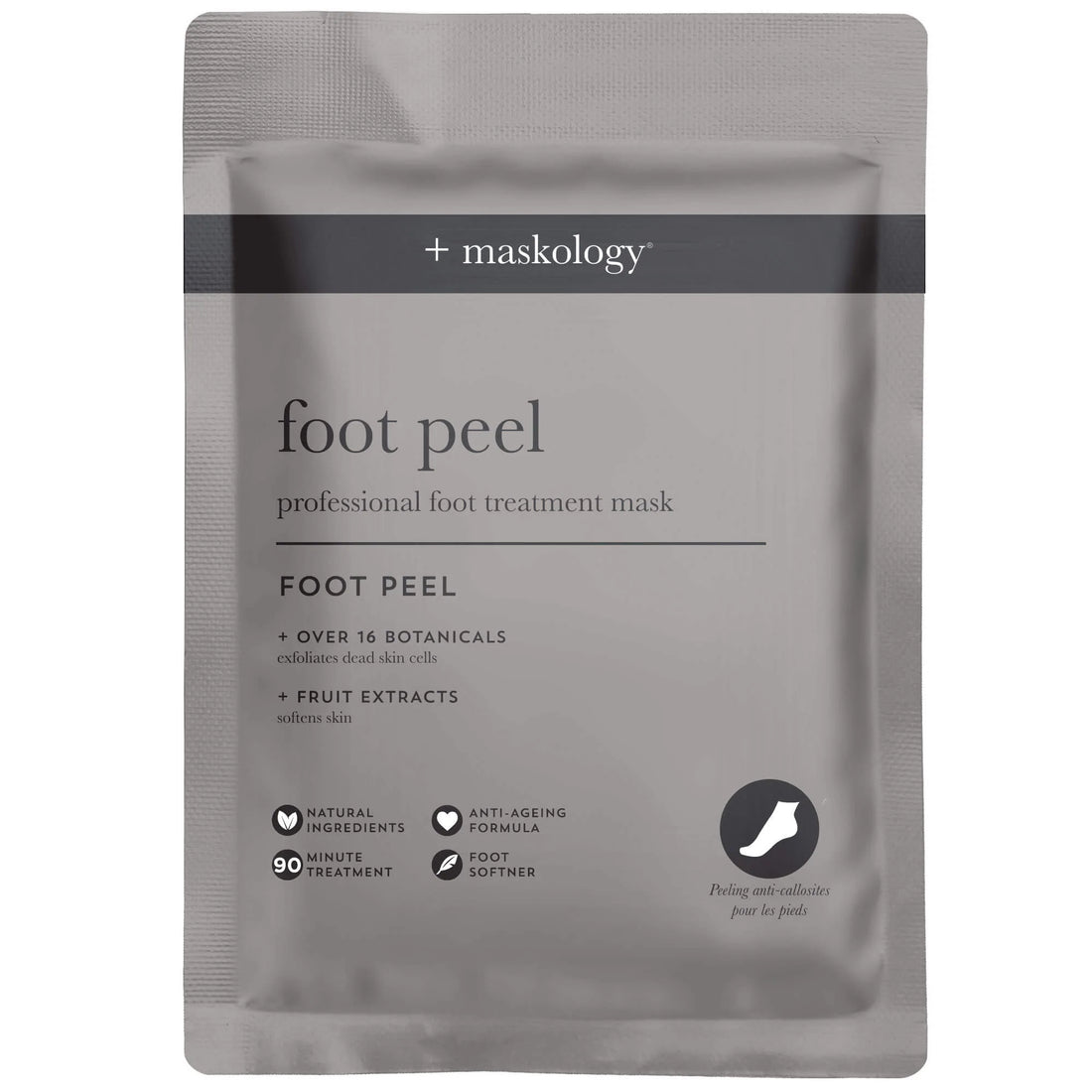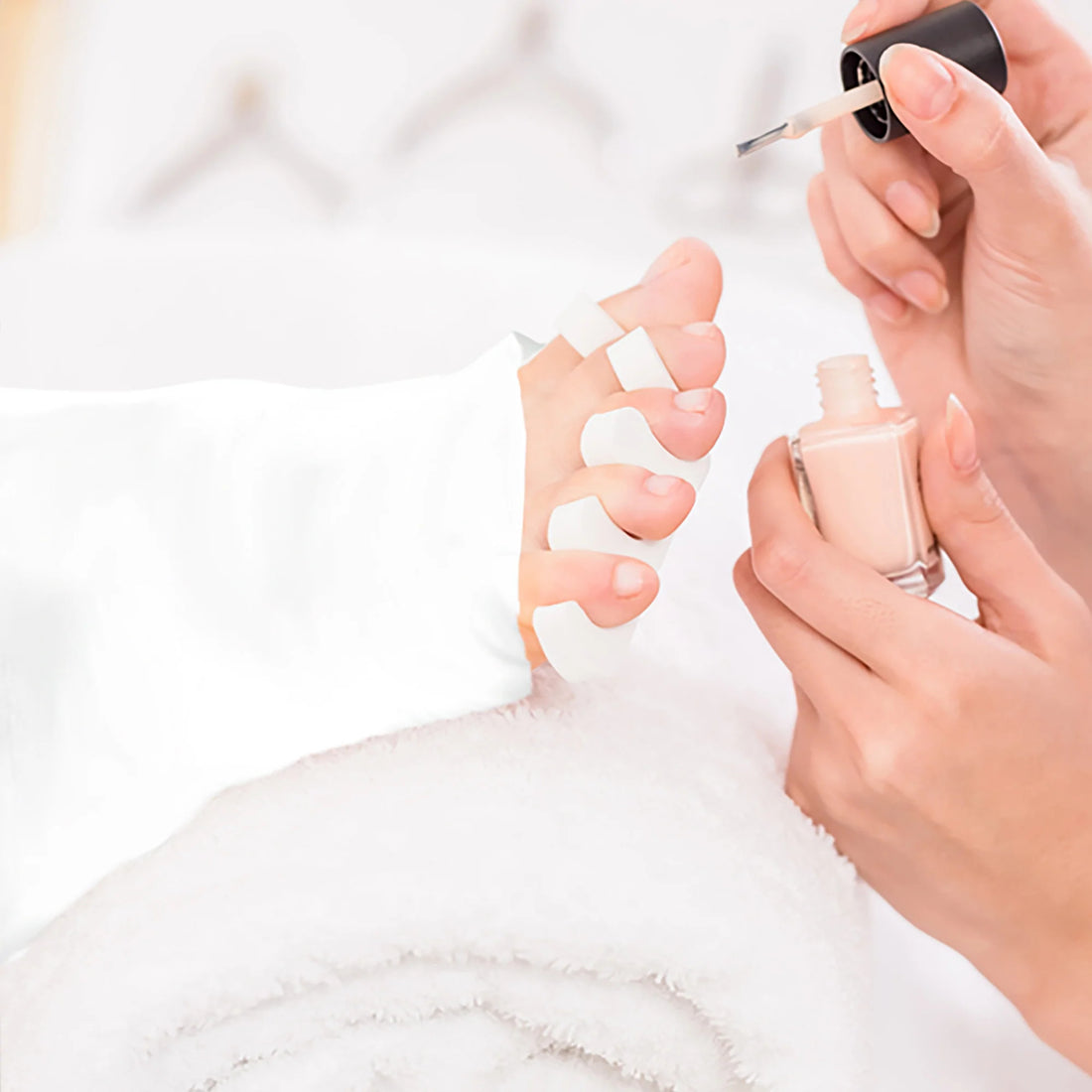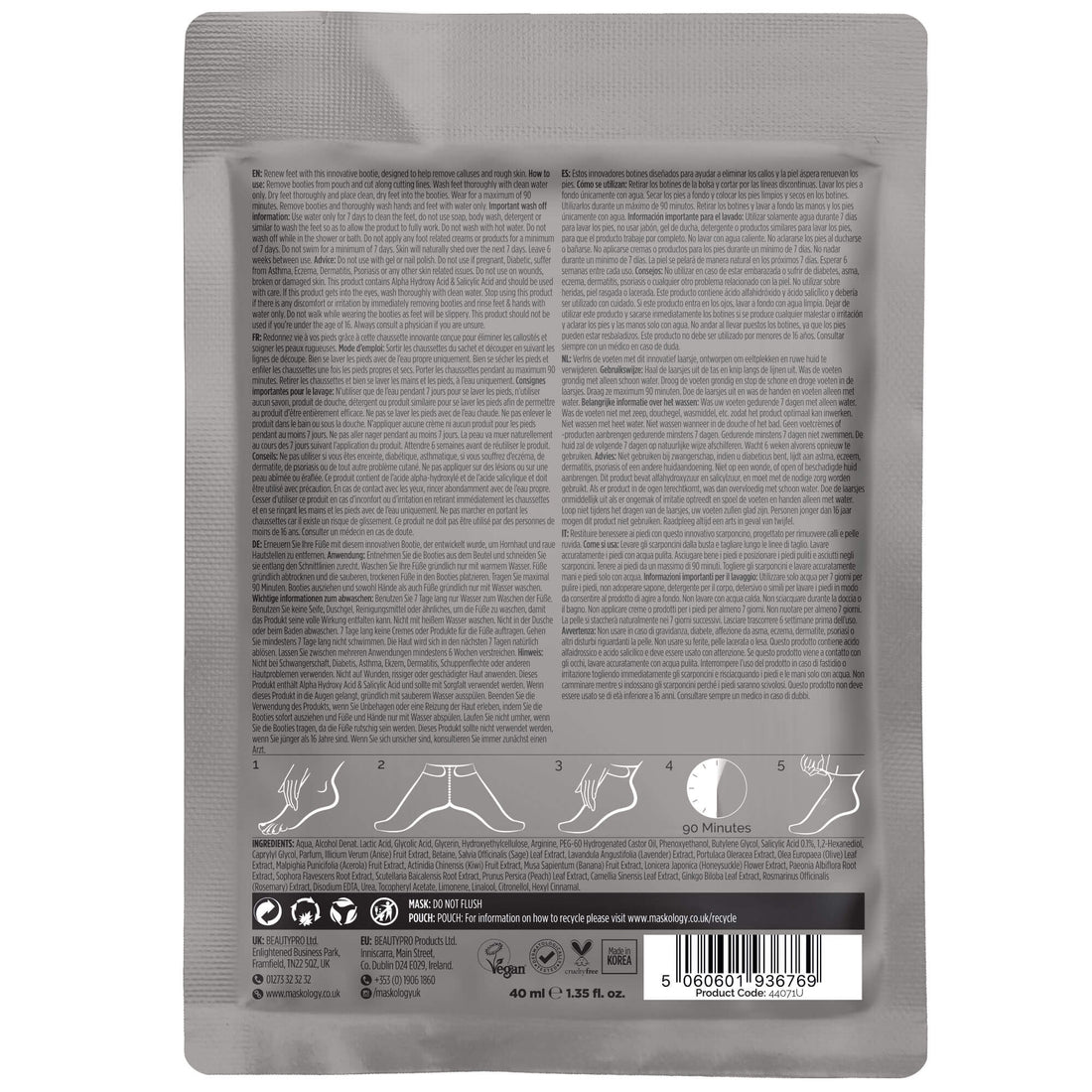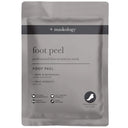Maskology
Maskology is a UK-based skincare brand specialising in advanced sheet masks and targeted treatments for both professional and at-home use. Its formulas combine natural extracts, vitamins and cutting-edge actives to deliver instant hydration, radiance and rejuvenation. By tailoring masks to specific needs such as anti-ageing, brightening and calming, Maskology makes it easy to achieve a spa-like experience at home.
Each mask is made with biodegradable, eco-conscious materials and infused with high concentrations of active ingredients for maximum absorption and efficacy. This commitment to sustainability and performance helps users care for their skin without compromising the environment.
Whether used as a weekly treatment or post-procedure boost, Maskology empowers customers to achieve visible results quickly and conveniently, bridging the gap between luxury spa treatments and everyday self-care.






